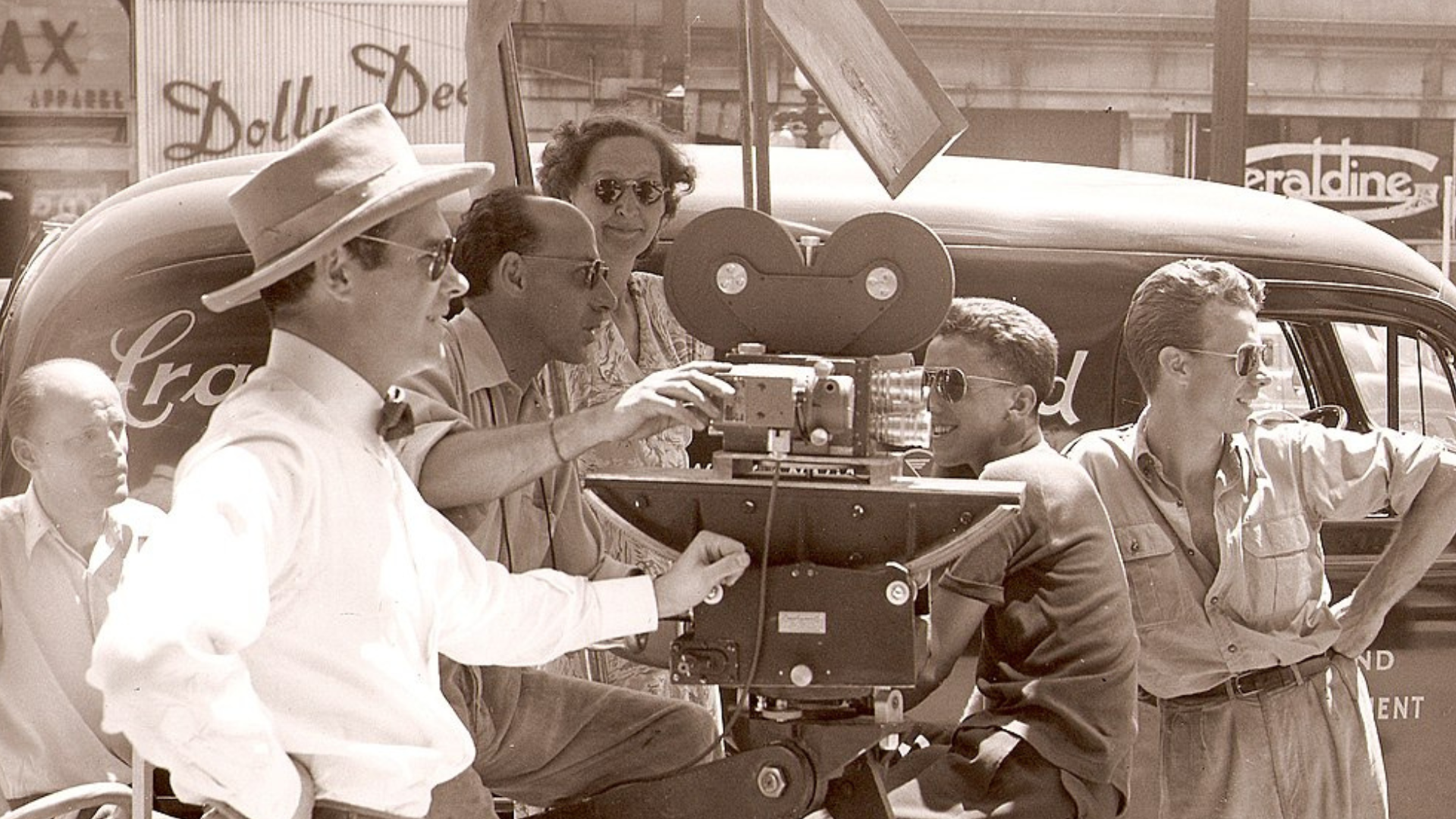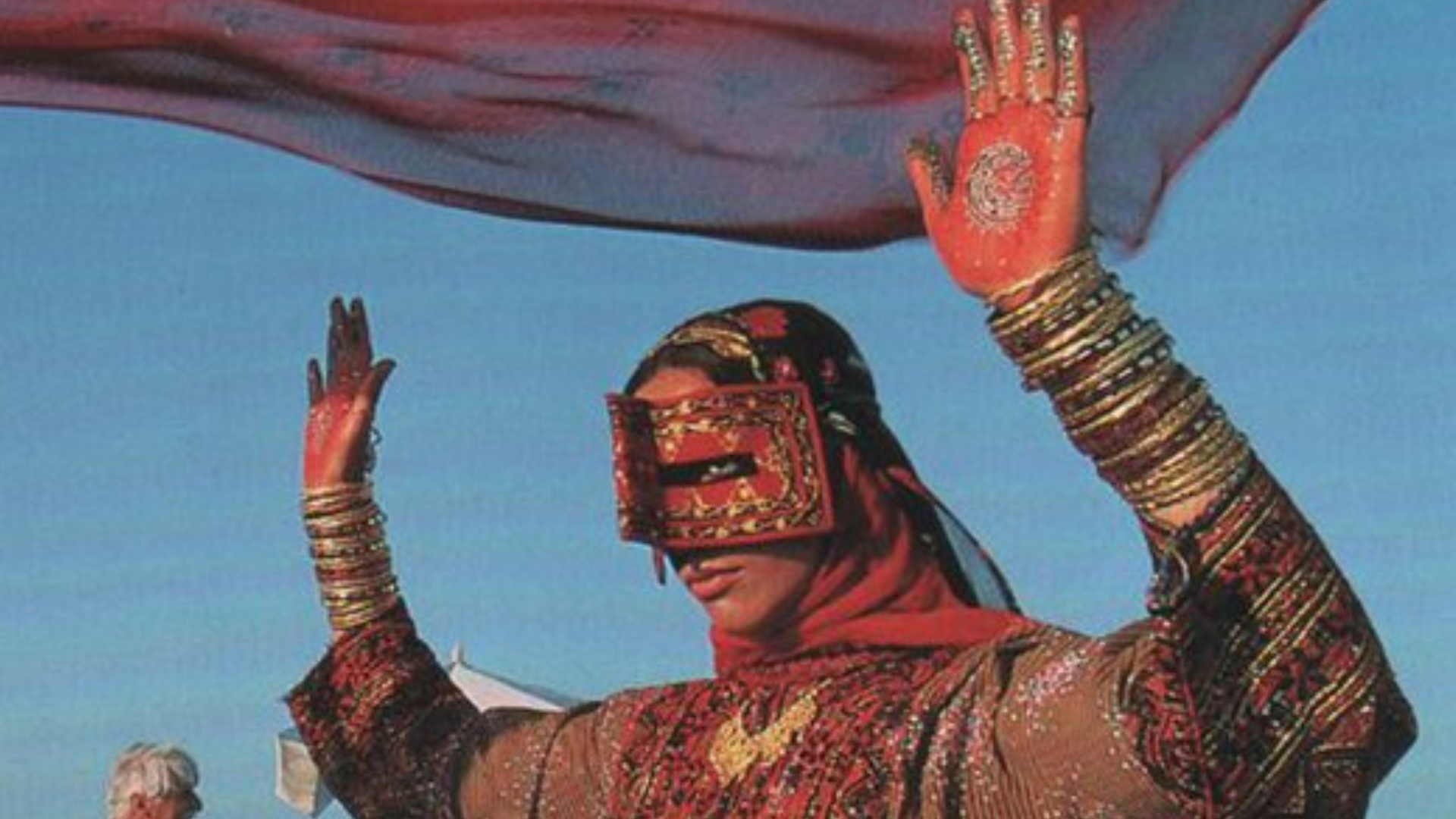
The Evolution of Cinema
Part I
Maola Bakhsh Raisi
The author is passionate about the cinema and in this piece he introduces the history of cinema to the Baluch people particularly those who are not fluent in English. Who were the Lumiere brothers? and how their inventions changed the world? and many other interesting pieces of information can be found in part 1 of this article, which was originally written in Baluchi.
Lumière Brothers
The history of cinema started in France with the Lumière brothers in 1895. They were manufacturers of photography equipment, best known for their Cinématographe motion picture system. The Lumiere Brothers’ first film, “Workers Leaving The Lumière Factory in Lyon”, is regarded as the first film in the history of cinema. The two made many films until 1905, among which their films in the fields of logic and humor are most popular, but unfortunately some of the films have been lost.
The Lumière apparatus consisted of a single camera used for both photographing and projecting at 16 frames per second. Their first films (they made more than 40 during 1896) recorded everyday French life.
The Lumières presented the first newsreel, a film of the French Photographic Society Conference, and the first documentaries, four films about the Lyon fire department. Beginning in 1896 they sent a trained crew of innovative cameraman-projectionists to cities throughout the world to show films and shoot new material.
In 1896, the Lumière brothers met a professional magician, named Georges Méliès. Fascinated by this spectacle, he wanted to purchase a replica of the camera for himself, but the Lumière brothers refused to sell one to him: “This invention is not for sale and what’s more, my dear friend, you can thank me for that as it would be your ruin.”
Georges Méliès
Méliès, intent on finding a film projector turned elsewhere; numerous other inventors in Europe and America were experimenting with machines similar to the Lumières’ invention. Méliès traveled to London and bought an Animatograph from Paul, as well as several short films from him.
Méliès directed over 500 films between 1896 and 1913, ranging in length from one to forty minutes. In subject matter, these films are often similar to the magic theater shows that Méliès had been doing, containing “tricks” and impossible events. In 1902, Georges Méliès made a first science fiction film called, A Trip to the Moon, which was inspired by numerous sources and the famous novels, Earth to the Moon and The First Man on the Moon. He won the first prize in the history of world cinema.
Edwin Stanton Porter
Edwin Stanton Porter American was a film director whose innovative use of dramatic editing in films such as The Life of An American Fireman (1903) and The Great Train Robbery (1903) revolutionized film-making. In 1900 Porter was hired by the Edison Company to make improvements to and redesign their motion-picture equipment. For the next few years he served as director-cameraman for much of Edison’s output, starting with simple one-shot films and progressing rapidly to films with special effects and short multi-scene narratives based on political cartoons and contemporary events.
A major problem for early filmmakers was the establishment of temporal continuity from one shot to the next. Porter’s The Great Train Robbery (1903) is widely acknowledged to be the first narrative film to have achieved such continuity of action. The film depicts the robbery, the formation of a posse, and its pursuit and elimination of the gunmen. The Great Train Robbery comprised 14 separate shots of noncontinuous, non-overlapping action and was a major departure from the frontally composed, theatrical staging used by Méliès and most other filmmakers. The film ended with a startling close-up of one of the outlaws firing his gun at the camera.
The Story of the Kelly Gang
The silent film, The Story of the Kelly Gang (1906), ran for more than an hour with a reel length of about 1,200 meters is thought to be the world’s first feature-length narrative movie. It was directed by Charles Tait. It was first shown in the United Kingdom in 1908. A commercial and critical success, it is regarded as the origin point of the bushranging drama, a genre that dominated the early years of Australian film production. In 2007,The Story of the Kelly Gang was inscribed on the UNESCO Memory of World Register for being the world’s first full-length narrative feature film.
The Feature Film
A feature film is a motion picture with a running time long enough to be considered the principal or sole presentation in a commercial entertainment program. Most feature films are between 75 and 210 minutes long. The Story of Kelly Gang was the first narrative feature film that was the 60-minute long. The first (proto)-feature-length film adaptation was Les Miserables (1909). Other early feature films include Oliver Twist, Cleopatra (1912) etc. The notion of how long a feature film should be has varied according to time and place. According to the the Academy of Motion Picture Arts and Science, American Film Institute and the British Film Institute, a feature film runs for more than 40 minutes, while the Screen Actors Guild asserts that a feature’s running time is 75 minutes or longer.
to be continued…

